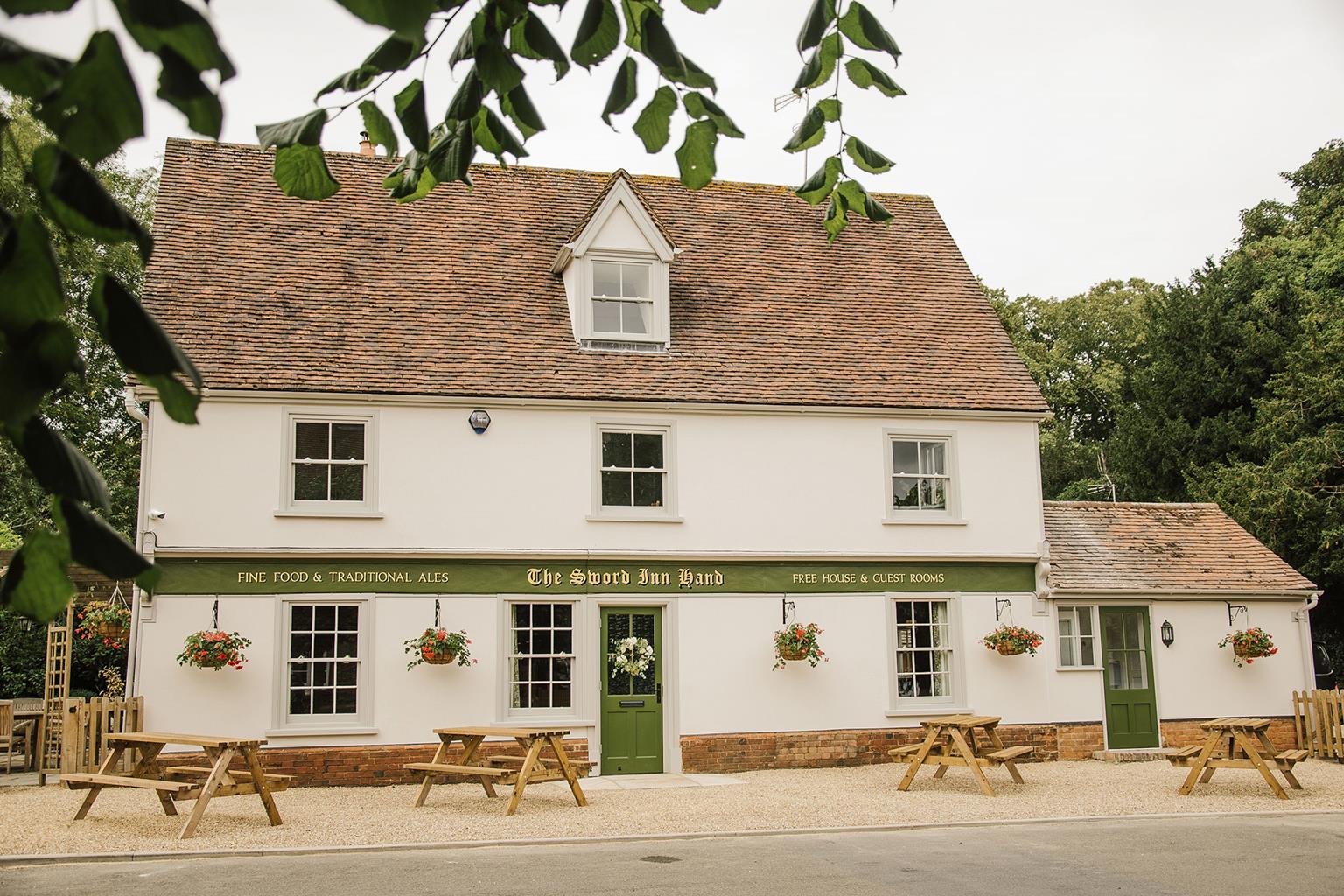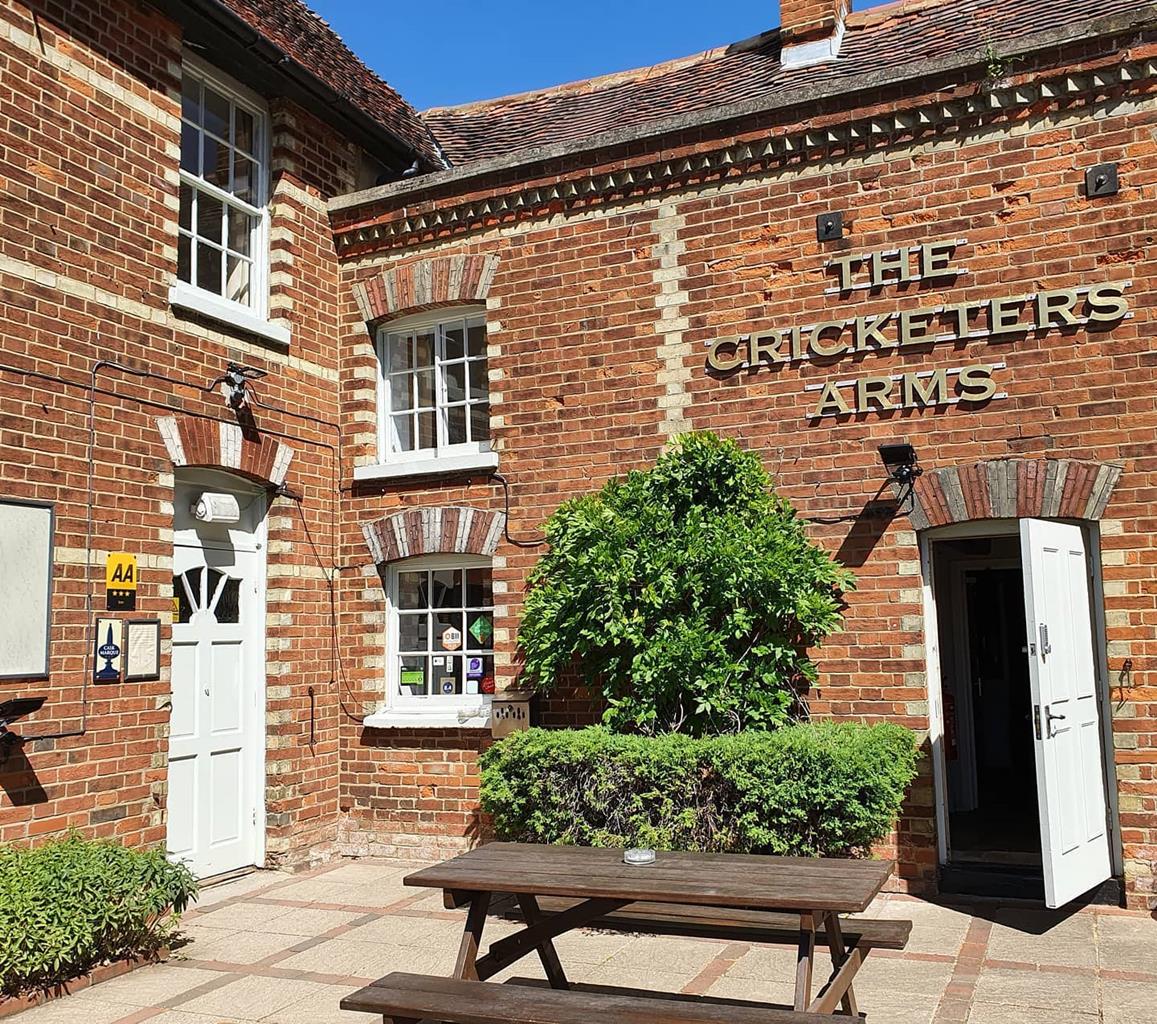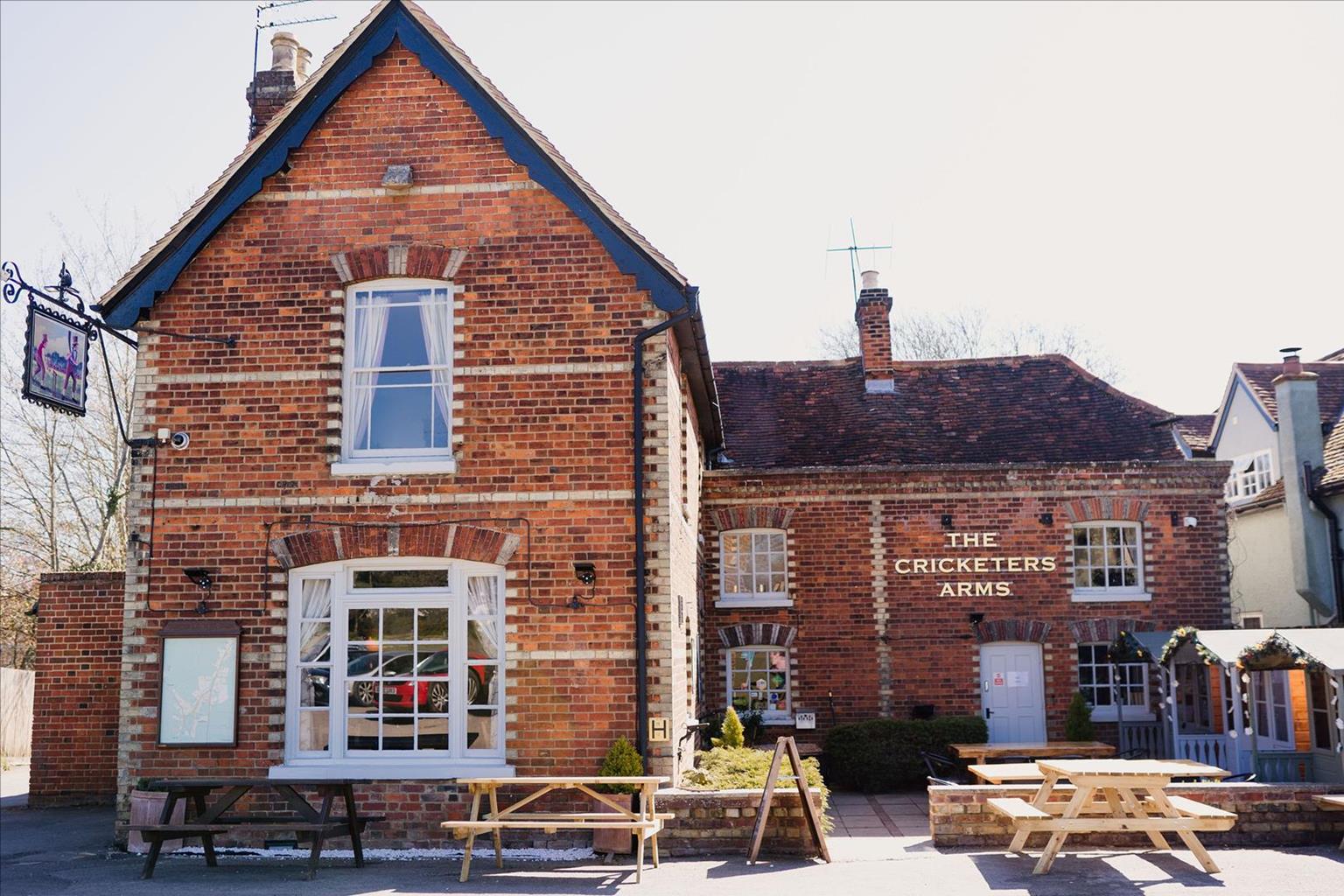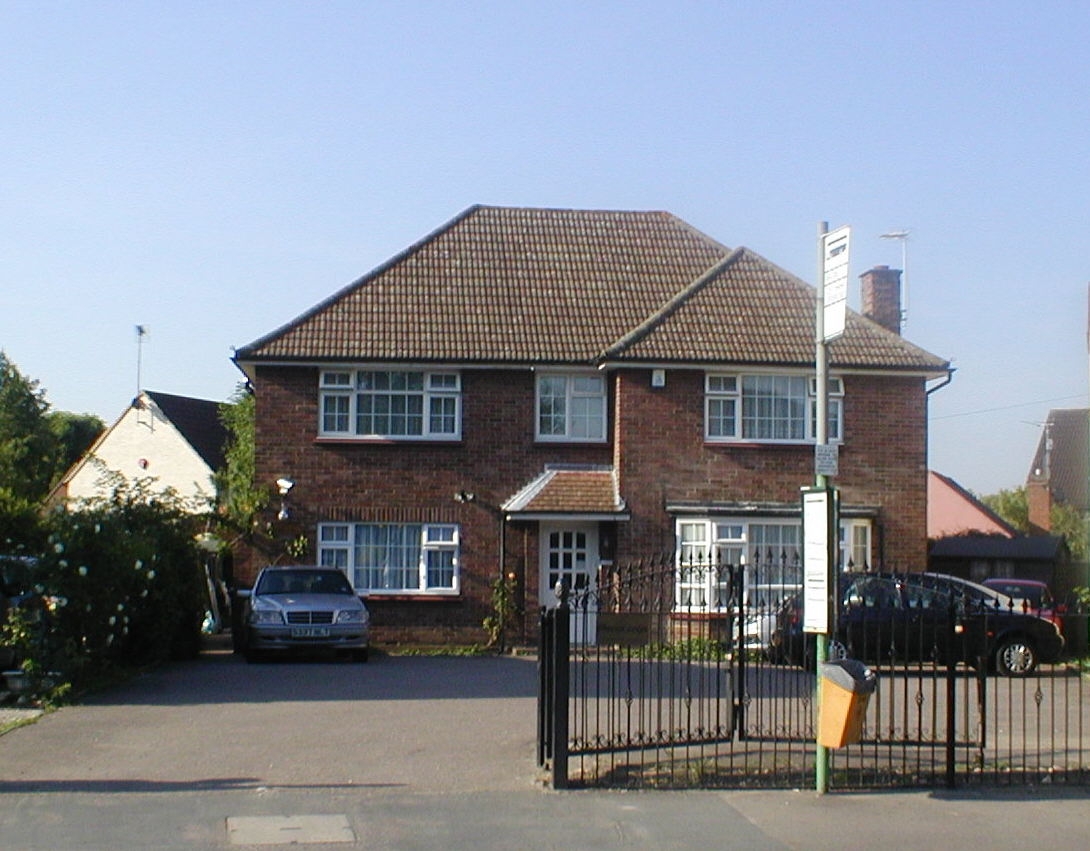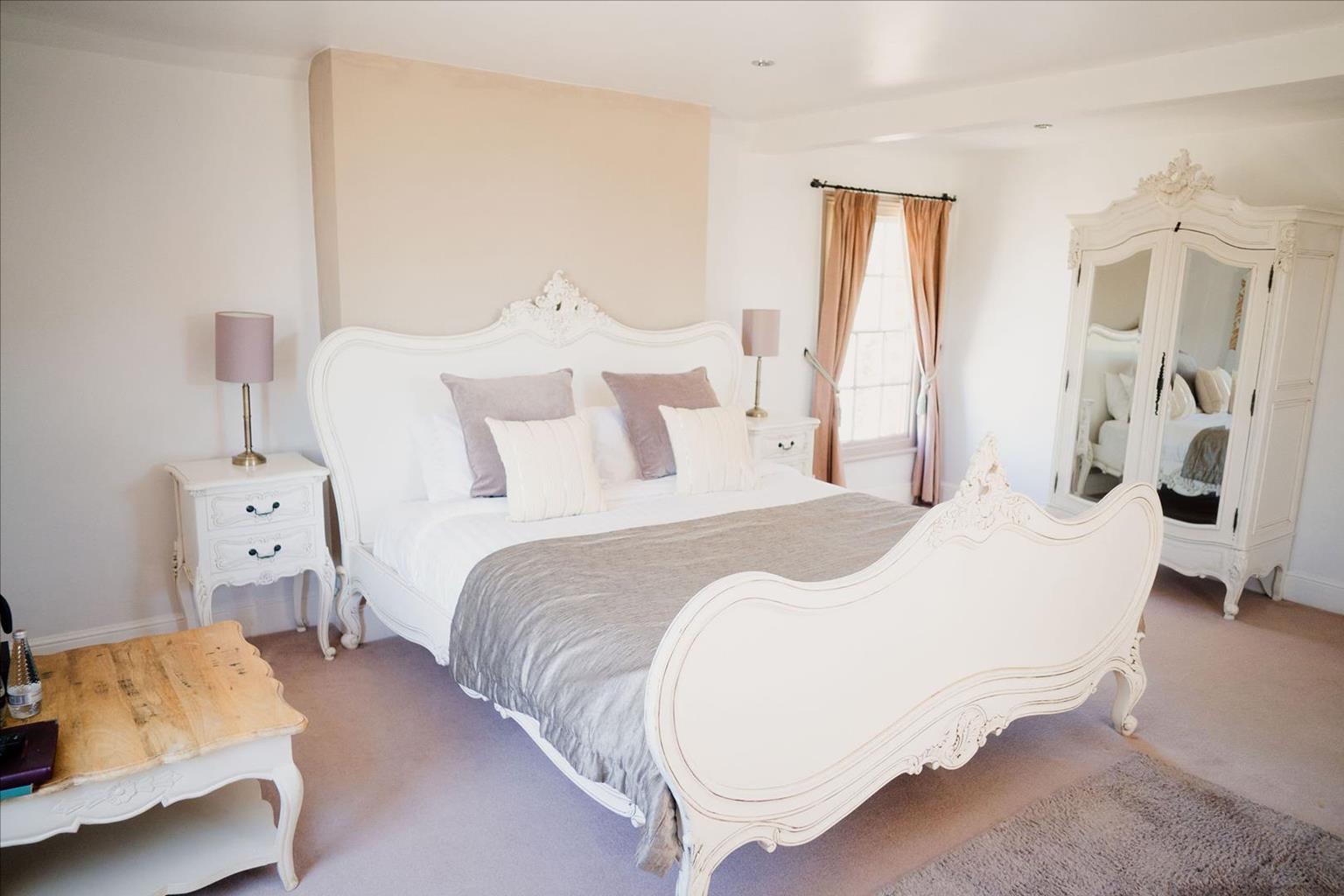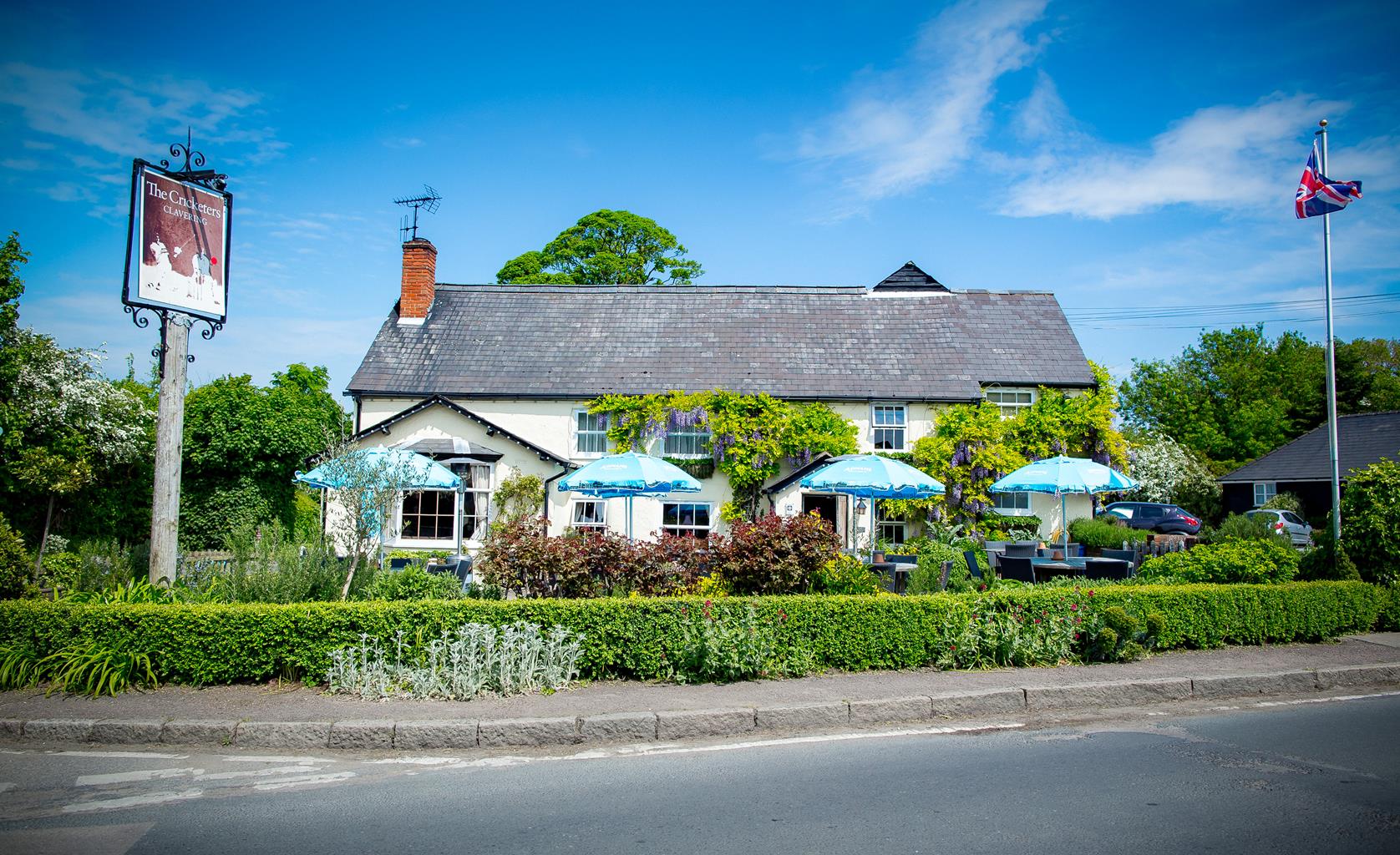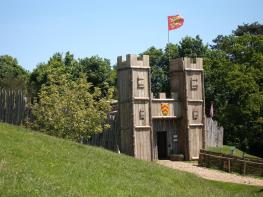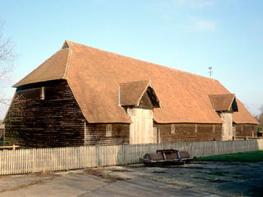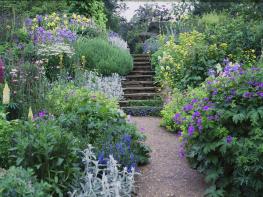Discover three beautiful holiday cottages at High Trees Farm, a 600-year-old working farm set in…
From Albury to Patmore Heath

5 miles (8kms)
About the walk
The parish of Albury in East Hertfordshire is made up of five hamlets which are largely concerned with arable farming. There were once five pubs and all but one of these, The Catherine Wheel, have been converted into residential homes. The church dates from the 13th century and contains the original chancel but of particular interest is the altar tomb of Sir Walter de la Lee, who is wearing armour dating from Richard II. The countryside surrounding Albury is magnificent and there are some outstanding views across the valley.
Secrets and the old hall
Before the Norman Conquest a great hall, once belonging to the Bishop of London, stood in Albury. It had its own woodland, meadows and pasture and was requisitioned by the army during World War II. The hall was an important base for secret service work with Special Operations Executive (SOE), at a time when agents were working behind enemy lines in France and the Low Countries and the base masterminded air drops from the nearby airfield at RAF Sawbridgeworth. Winston Churchill was a visitor to the hall during this time and underground tunnels and rooms were built. It was probably a base for SOE because of its rural location – and the Germans may have been aware of this as a German bomb was dropped in the nearby woodland and a German spy was found after his parachute landed in the grounds of the hall. By 1950, however, the hall had been demolished and today little trace of the old house remains, although some of the steps, terraces and pillars belonging to a garden erected by Maurice Glyn, a past owner, still exist in the overgrowth. The walk passes a red-brick Victoria barn and the brick wall to the former gardens.
Unlike Albury Hall, Patmore Heath towards the end of the walk has been well preserved and is a Site of Special Scientific Interest. It is a fine example of grass heathland, now a rare habitat in southeast England, and an ideal environment for flora and fauna to flourish. More recently, sheep have been introduced and graze here.
Walk directions
Enter the churchyard and keeping the church on your right, go through a metal gate to the rear. Follow the narrow path which undulates across fields and arable land before running to the right of Ypres Wood. In the field corner, at a path junction, bear left and join the Harcamlow Way. At a tarmac track, turn right along it and keep to this main bridleway until you reach a public footpath signpost.
Turn right along the woodland path, cross a field and keep ahead to pass between farm buildings and join a tarmac track. This passes to the left of the brick wall surrounding the former Albury Hall and gradually ascends. Once past Charleston House leave the tarmac track and keep ahead to join a gravel path. After a few paces and where it curves right, bear left across the field. Go straight ahead at a Hertfordshire Way waymarker and the cross-field path gently descends to go over a footbridge and then ascends the other side to a lane.
Turn right along the lane first downhill and then up and 50yds (46m) after it swings left, look out for a public footpath sign to Gravesend.
Turn right here along a grassy path, across a wooden footbridge over the River Ash, and continue all the way to a lane. Turn right along the lane and just after an Albury village sign, turn left at a public footpath sign. The path is enclosed initially and opens on to a field. Bear right and almost immediately, right again through a hedge gap.
Here, take the path diagonally across the field. In the corner, walk to the left of a thatched cottage, cross a track and join the grassy path ahead to reach a lane by Patmore Heath. Turn right here to visit The Catherine Wheel pub. Otherwise, cross the lane to the heath, turning right after a few paces and then left after a bench to reach a lane and Penny Cottage, opposite. Bear right along the lane.
After a few paces, turn left at a bridleway waymarker beside Hitch Lane Cottage, then right at a fork along a footpath that initially runs along the edge of a field, then beside houses to reach a lane. Turn left and at the public footpath sign, turn right along a gravel drive beside High Hall Farm. Soon you will join a grassy track that descends to the River Ash and crosses a concrete bridge.
Turn left at a public footpath sign to the ‘church’. At a double telegraph pole bear right, veering away from the river, and walk between a copse, and a hedge on the right. Head diagonally left, uphill and soon you will see the spire of St Mary's Church in Albury. Go through a metal kissing gate and down steps to a lane, then turn right to return to the church where the walk began.
Additional information
Field paths, country lanes and farm tracks
Rolling hills with far-reaching views
On lead through Patmore Heath and near farms
OS Explorer 194 Hertford & Bishop's Stortford
Roadside in Church End, in front of St Mary's Church, Albury
None on route
WALKING IN SAFETY
Read our tips to look after yourself and the environment when following this walk.
Find out more
Also in the area
About the area
Discover Hertfordshire
As Hertfordshire is so close to London, many of its towns have become commuter havens. St Albans, less than 19 miles (30km) from the capital, has retained its distinctive character, along with many historic remains. The Roman city of Verulamium is situated in a nearby park, and excavations have revealed an amphitheatre, a temple, parts of the city walls and some house foundations. There are also some amazing mosaic pavements.
The abbey church at St Albans is thought to have been built on the same site where St Alban met his martyrdom in the 3rd century. The abbey was founded in 793 by King Offa of Mercia, and contains the saint’s shrine, made of Purbeck marble. Lost for years, it was discovered in the 19th century, in pieces, and restored by the designer of the red telephone box, Sir Giles Gilbert Scott. The abbey also contains some wonderful medieval wall paintings. Nicholas Breakspear was born in St Albans, the son of an abbey tenant. In 1154 he took the name Adrian IV, and became the first, and so far only, English pope. Another famous son of Hertfordshire was Sir Francis Bacon, Elizabethan scholar and Lord High Chancellor, born in Hemel Hempstead in 1561.
Nearby stays
Restaurants and Pubs
Nearby experiences
Recommended things to do
Why choose Rated Trips?
Your trusted guide to rated places across the UK
The best coverage
Discover more than 15,000 professionally rated places to stay, eat and visit from across the UK and Ireland.
Quality assured
Choose a place to stay safe in the knowledge that it has been expertly assessed by trained assessors.
Plan your next trip
Search by location or the type of place you're visiting to find your next ideal holiday experience.
Travel inspiration
Read our articles, city guides and recommended things to do for inspiration. We're here to help you explore the UK.


